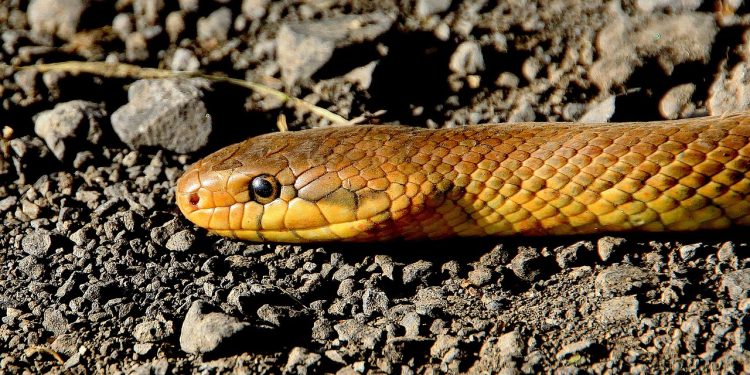As spring approaches, so does snake season in Texas. With the state’s vast wilderness and warm climate, it’s no surprise that Texas holds the title for the greatest snake diversity in the U.S., boasting over 115 species and subspecies. While most are non-venomous and harmless, 15% of Texas snakes are venomous and require caution.
Snake Awakening Season in Texas
- Emergence from Hibernation: Late February to early March
- Peak Snake Activity: April through October as temperatures rise
Key Snake-Prone Regions in Texas
- West Texas (Big Bend National Park)
- Central Texas (Austin, San Antonio, and the Hill Country)
- South Texas (Tamaulipan region)
- East Texas (Piney Woods)
No Texas county is entirely snake-free!
Types of Venomous Snakes in Texas
- Coral Snakes – Distinct red, yellow, and black bands
- Copperheads – Copper-colored with hourglass patterns
- Cottonmouths (Water Moccasins) – Found near water
- Rattlesnakes – Including prairie, diamondback, and rock rattlesnakes
Why Are Snakes Important?
Snakes play a crucial role in the ecosystem as natural pest controllers, keeping rodent populations in check. Even venomous species contribute to maintaining ecological balance.
Safety Tips for Snake Encounters
- Wear Boots and Long Pants: Essential when hiking or walking near wildflower fields (especially bluebonnet areas).
- Stay on Trails: Avoid tall grass and dense underbrush.
- Never Handle a Snake: Even non-venomous snakes can bite.
- If Bitten: Seek immediate medical attention. Try to remember the snake’s appearance but avoid capturing it.
- Remain Calm: Keep the bitten area immobilized and at or below heart level.
Experience Snakes Safely
To learn more about reptiles, including the fascinating diversity of snakes, visit your local zoo. Educational encounters provide a safe and informative way to appreciate these remarkable creatures.
Spring in Texas brings blooming wildflowers and awakened wildlife — tread carefully and respectfully while enjoying nature’s beauty!






